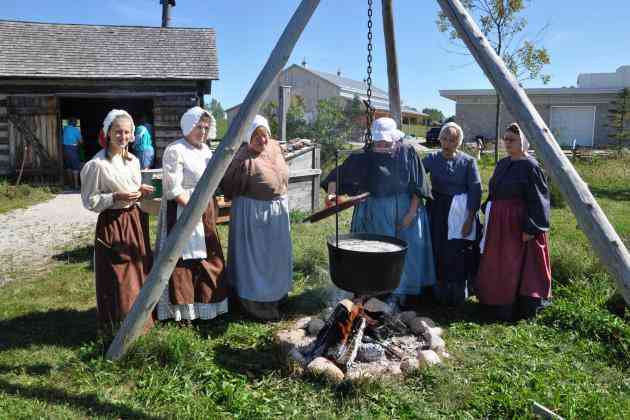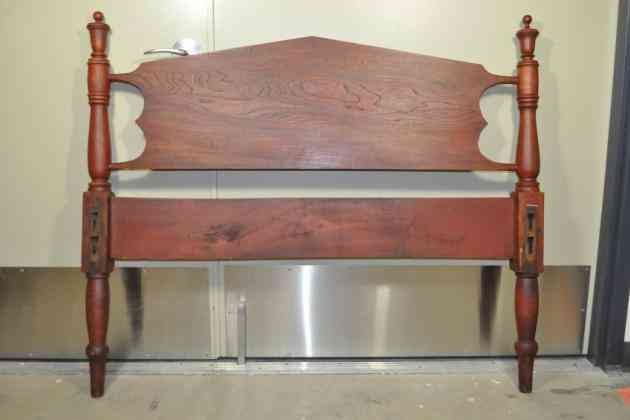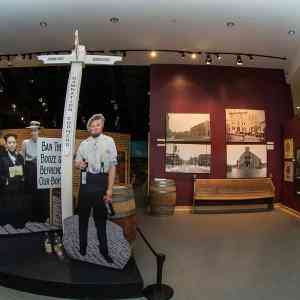
Preserving and Celebrating Our Stories: Grey Roots hosts Black History Event April 12, 2014
From the 1820s through to the end of the American Civil War, escaped slaves made their way across the border via the Underground Railroad. These freedom seekers made important contributions to Grey County as they established farms, businesses, and social organizations.
The Imperial Parliament Emancipation Act of 1834 encouraged slaves to come to Canada and by 1865 more than 30,000 freedom-seekers made their way into Ontario. Irate slave masters hired bounty hunters who boldly raided border communities forcing many Blacks north for safety. Prominent local citizen John Hall, was born in Amherstburg, Ontario, but was captured in a border raid as a young man and sold into slavery in Kentucky.
Life presented many challenges including climate, terrain, loneliness and separation from family and friends. Grey County had a substantial Black population before the influx of escaped slaves. These early Black settlers housed refugees, helped them find employment and provided support to newcomers as they adjusted to freedom and life in this new land. By 1872, there were 672 people of African ancestry that called Owen Sound home. This represented 10% of the town’s total population.
Many Black settlers made their living by farming the land. Others found employment in stone quarries. Owen Sound developed as an industrial shipping hub on the Great Lakes and Blacks often found seasonal employment on schooners and steamships. Hiring discrimination was an unfortunate reality, but work could be found in the factories. Many opened businesses such as Mary Taylor, a former slave, who operated a successful restaurant. Jeremiah Cousby Sr. opened a confectionary and in 1907 won the prize as most popular merchant. His son Jeremiah Jr., practiced law and co-owned the local newspaper The Owen Sound Sun (1897-1899) before leaving to pursue a legal career in Alaska.
The very first Emancipation Celebration Picnic was held in 1862 and has been held on the first Saturday in August ever since! In 2004, a Black History Cairn was unveiled in Harrison Park. The Cairn traces the route of those abducted from their homelands in Africa, forced into slavery, and their escape to Canada via the Underground Railroad.
In 2006 the Emancipation Picnic grew into the Emancipation Festival, which includes the Black History Event in early spring and the Emancipation Art Show and Speaker’s Forum, held the Friday evening prior to the picnic. These new events are all held at Grey Roots. This year’s Black History event is scheduled for Saturday, April 12 and will be a full day of ‘shared learning and historical enquiry.’ Admission is $25 and includes lunch and refreshments. Volume 11 of the Northern Terminus African-Canadian History Journal will be launched this day and copies available to purchase for $10.50.
Want to learn more? check out the Owen Sound Emancipation Festival website www.osblackhistory.com









